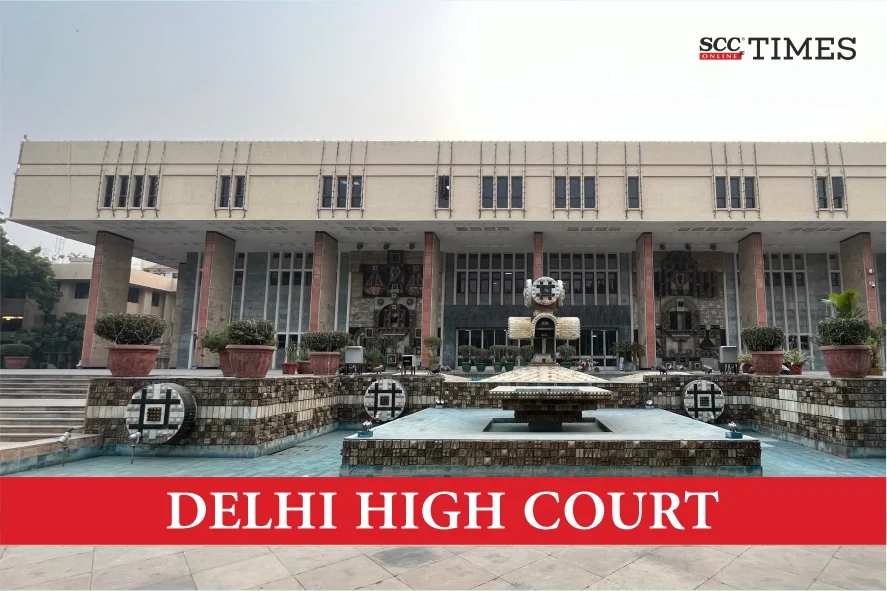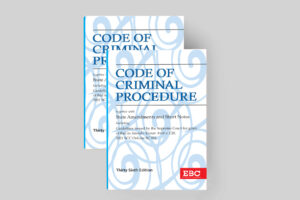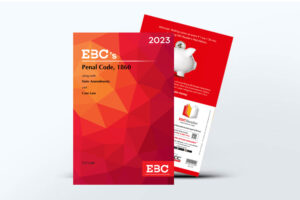Delhi High Court: In the present case, the first appeal CRL.A. 273 of 2014 was filed by appellant-State under Section 378(1) of the Criminal Procedure Code, 1973 (‘CrPC’) against the impugned judgment and order dated 13-7-2012 passed by the Court of Sessions (‘the Trial Court’) for the offences punishable under Sections 324, 26, 307, and 34 of the Penal Code, 1860 (‘IPC’), registered at Police Station Jamia Nagar, Delhi. The second appeal, was filed by the victims-Appellants 1 and 2, also challenging the impugned judgment and order dated 13-7-2012 passed by the Trial Court.
The Division Bench of Suresh Kumar Kait* and Neena Bansal Krishna, JJ., opined that if the identity of the assailant of the crime of throwing acid upon the victims was not established, still this Court could not ignore the fact that the victims had suffered grave injuries, scars of which would remain with them for life. Thus, the Court directed the Delhi State Legal Services Authority (‘DSLSA’) to grant compensation of Rs 5,00,000 each to the victims under the “Women Victim Compensation Fund” and to bring forward proposal and prospects for employment of the acid attack victims in any Department of the Delhi Government to ensure their rehabilitation.
Background
On 14-10-2009, while victim, Appellant 1 along with her sister, Appellant 2, was returning home on a rickshaw, they saw two persons sitting on blue coloured motorcycle and as their rickshaw reached near them, they were attacked by said persons who poured some chemical substance on them due to which they felt irritation. Both were immediately rushed to the Holy Family Hospital and their injuries were reduced to the Medico Legal Report. Thereafter, statement of Appellant 1 was recorded under Section 161 CrPC and FIR under Section 324 and 34 of IPC was registered and on the same day, when the Investigating Officer (‘IO’) of the case came to the hospital Appellant 1 in her summary statement stated that accused, Respondent 1 had come to the hospital to threaten her. Later, when Respondent 1 again visited the hospital, he was arrested.
In his disclosure statement, Respondent 1 stated that for the last 1.5 years, Appellant 1 had promised to marry him, however, when he came to know that she had already married someone else, he told this fact to Respondent 2, co-accused Shabbir and then both of them decided to finish the girl by pouring acid on her. The Trial Court vide order dated 2-6-2010 framed charges under Sections 307 and 34 of IPC against Respondents 1 and 2, to which they pleaded not guilty and claimed trial. Based upon the testimony of witnesses and scientific evidence proved on record, the Trial Court vide impugned judgment and order dated 13-7-2012, acquitted Respondents 1 and 2 of the offences charged with.
The appellant-State, in Crl.A. 273 of 2014, challenged the impugned judgment on the ground that the judgment was based on hypothetical presumptions, conjectures and surmises and that the Trial Court failed to appreciate that both the victims-Appellants 1 and 2, had deposed against Respondents 1 and 2, the accused persons and identified them as the attackers who threw chemical substance on them. In second appeal, the victims had challenged the impugned judgment and order on the ground that they were the victims of acid attack, and their testimonies were consistent, however, due to minor inconsistencies, their testimony had not been relied upon by the Trial Court.
Analysis, Law, and Decision
The issue for consideration before this Court was “whether the offence alleged was committed by the accused and if not, what was the reason for the victims to implicate them?”.
The Court observed that both the victims, Appellants 1 and 2, show contradictions about the alleged incident. Appellant 1 stated that the motor-cycle was in a moving condition whereas Appellant 2 said that it was parked; Appellant 1 stated that the acid was thrown from the back side whereas Appellant 2 stated that the acid was thrown from the front side; Appellant 1 stated that the person sitting at the front of the motor-cycle was wearing a white colour shirt, blue jeans and a Himesh Reshamia type cap and the person at the back side was wearing a helmet whereas in her supplementary statement, she stated that the person in front was wearing a red shirt and helmet without shield.
The Court opined that “not only the statement of victims, but also the manner in which the investigation of this case was carried out, demolishes the case of the prosecution”. The Court observed that even the rukka mentioned that the person who was driving the bike was wearing a white shirt, however, specifically a red burnt shirt was recovered at the instance of accused Shabbir which was sent to CFSL. This casted a doubt on the case of the prosecution with regard to identity of the accused and recovery of the shirt/t-shirt worn by the accused at the time of the alleged incident. Also, the mention of “Himesh Reshamia type cap” got converted into helmet in the rukka. The rukka also noted that the colour of the motorcycle used in the crime was black which was deliberately altered to blue as the motorcycle recovered from the accused Afroz was of blue colour.
The Court opined that the Trial Court had rightly observed that in October at about 7:00 pm, with no streetlights on the road, it was difficult for the victims to identify the accused persons which was established. The Court also opined that the prosecution version in respect of colour of the shirt, the colour of bike, place of recovery of clothes of victim and the accused and non-joining of the public persons to the memo of recovery, did not substantiate the allegations against the accused persons and colour of the motorcycle allegedly involved in the crime.
The Court relied on Suchand Pal v. Phani Pal, (2003) 11 SCC 527, wherein the Supreme Court held that “if from the evidence on record and in the facts and circumstances of the case two views are possible, one pointing to the innocence of the accused and other to the guilt of the accused, the view which favours the accused should be preferred”. The Court thus opined that the prosecution was not able to prove its case beyond reasonable doubt and finding no error in the impugned judgment, the appeals were dismissed.
The Court further opined that “if the identity of the assailant of the crime of throwing acid upon the victims was not established, still this Court could not ignore the fact that the victims had suffered grave injuries, scars of which shall remain with them for life”.
The Court observed that the victims had suffered immensely due to the acid attack, not by just completely losing vision in both their eyes, but also becoming disfigured and handicapped and had to be dependent on others for life. They had lost all prospects of career, marriage and leading a normal life. The Court thus opined that the victims had gone through not only physical but also mental agony. Thus, the Court directed the DSLSA to grant compensation of Rs 5,00,000 each to the victims under the “Women Victim Compensation Fund”, which shall be kept in fixed deposit receipts by the Registrar General of this Court in a nationalized bank and quarterly interest accrued thereupon should be remitted to the saving bank account of the victims, which they should be at liberty to withdraw for their expenditure.
The Court also directed the DSLSA to get a fresh medical checkup of the victims done from All India Institute of Medical Sciences, especially from Department of Plastic, Reconstructive and Burn Surgery Department and Dr. Rajinder Prasad Centre for Ophthalmic Sciences and any other department, if so required and to file a detailed Status Report with the opinion of the Specialists for future treatment and surgeries, if required, upon the victims, to ensure their present and future medical treatments. The Court further directed the DSLSA to bring forward proposals and prospects for employment of the acid attack victims in any Department of the Delhi Government to ensure their rehabilitation.
[State (NCT of Delhi) v. Afroz, 2024 SCC OnLine Del 2324, decided on 2-4-2024]
*Judgment authored by: Justice Suresh Kumar Kait
Advocates who appeared in this case:
For the Appellant: Tarang Srivastava, Addl. Public Prosecutor; Anuj Kapoor, Anesh Dahiya, Advocates
For the Respondents: Tarang Srivastava, Addl. Public Prosecutor; Manish Kumar Singh, Nusrat Hossain, Tanya Nayyar, D. Pal Singh, Shahbaz Singh, Advocates








